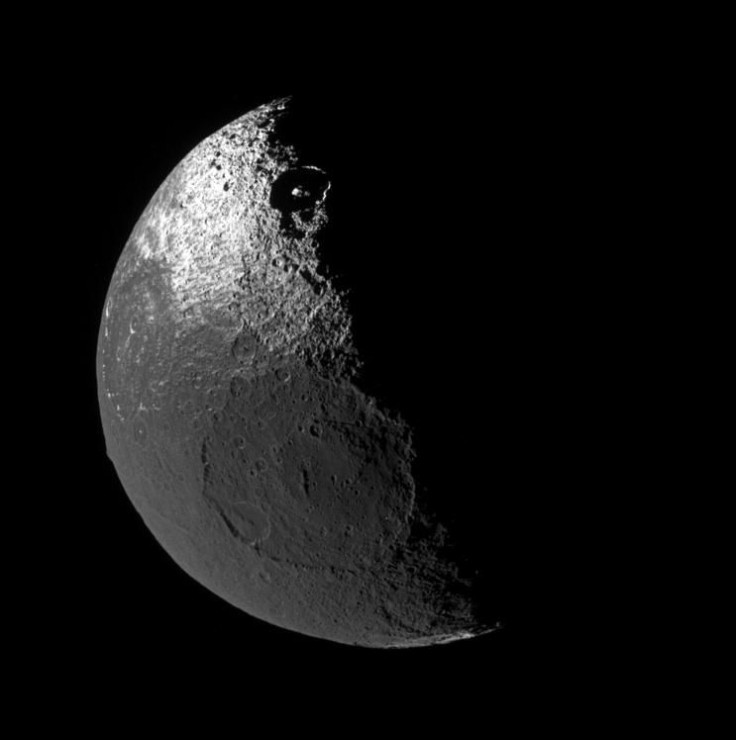Chandrayaan-2: India Successfully Launches Its Moon Mission

After last week’s technical glitch, India successfully launched its ambitious lunar mission Chandrayaan-2 Monday. The Indian Space Research Organization (ISRO) launched the aircraft from a spaceport at Sriharikota in the southern state of Andhra Pradesh.
Chandrayaan-2 is headed for the Moon’s south pole. And this is India’s first attempt at a soft landing on the Moon. This mission will also place India among the league of countries -- US, Russia and China -- to achieve a complete landing on the lunar surface.
ISRO officials say this is a complex mission as Chandrayaan-2 will have to undertake several complex manoeuvers. “From the Earth’s orbit, it will be transferred to a lunar trajectory that will sling-shot the spacecraft toward the moon through a series of complex operational changes,” officials said. “Later, thrusters on board will enable descent of the spacecraft into a lunar orbit -- the lander will detach from the orbiter and choose a right spot for landing even as it applies brakes to soften the landing,” officials added.
#GSLVMkIII-M1 successfully injects #Chandrayaan2 spacecraft into Earth Orbit
— ISRO (@isro) July 22, 2019
Here's the view of #Chandrayaan2 separation#ISRO pic.twitter.com/GG3oDIxduG
India’s lunar mission is made up of an orbiter, lander - Vikram, and rover - Pragyan . On the 48th day, which would be Sept. 7, Chandrayaan-2 is scheduled to land on the Moon. The ISRO said its aim is to improve the understanding of the Moon -- discoveries that will benefit India and humanity as a whole. “The insights and experiences aim at a paradigm shift in how lunar expeditions are approached for years to come -- propelling further voyages into the farthest frontiers,” the agency said.
A number of space missions across the world have shown interest in the Moon’s south pole as it remains in permanent shadow, with experts saying that this region is much larger that the north pole. Moreover, there is a possibility of the presence of water in the cold traps of the dark craters here.
© Copyright IBTimes 2024. All rights reserved.





















